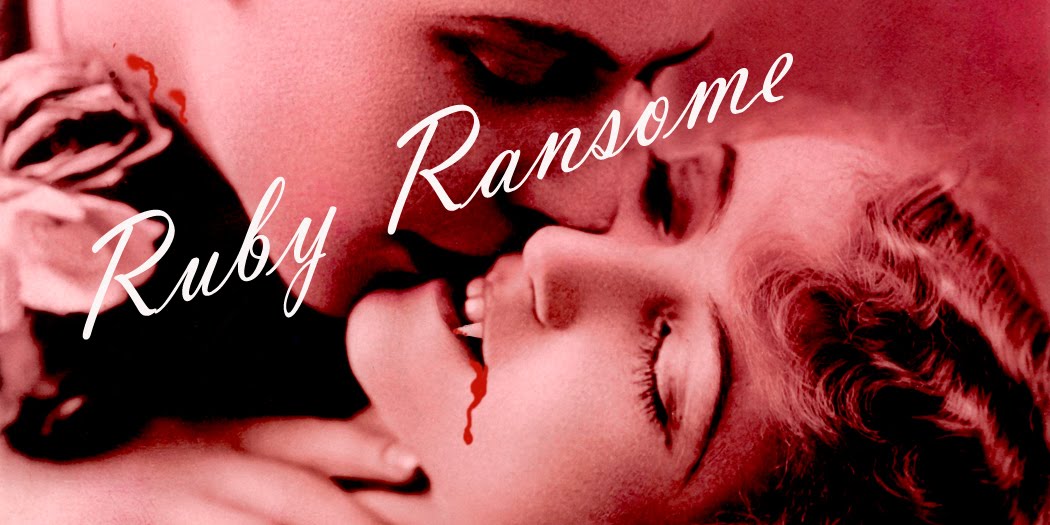I know, I know, it's only November 8th — way too soon to be thinking ahead to when NaNoWriMo is over. But even though I'm frantically pounding out words, I've had a big picture in mind for this (and subsequent) novels for months, so I found these articles interesting.
It all started with an article in an email newsletter I get, about whether
NaNoWriMo is beneficial. The article assumes that you're following the NaNoWriMo rules, of course, by starting a fresh novel on November 1st, rather than continuing work on a current project and just counting the words you write in November.
I think I may write a lot faster than many people, because 1,667 words each day doesn't normally take that long, so when I'm reading an article like this I don't understand what the big deal is. At the word war Friday night I wrote 1,400 words in 30 minutes, which surprised me — I've long thought that 1,000 words in an hour was a fairly average pace for me, but I guess I can do much better than that when inspiration hits. I may also have gotten faster over the years, since I would consider last night to be on the slow side of average (I was struggling somewhat with the scene), and I wrote 1,500 words in an hour.
Anyway, from this first article I clicked on two more links, and found some that were even more helpful. One was about
what to do after NaNoWriMo, if you want to eventually publish the novel, that is. The article recommends taking a break first, then going back and revising when it's no longer so fresh in your head. That's pretty sound advice — Stephen King says pretty much the same thing in
On Writing.
I've been planning on taking a break for a month or two after I finish my first draft, and working on something else until I pick it back up to revise. Maybe I'll finish last year's NaNo novel, which has been languishing, forgotten, in a drawer for all this time. Or maybe I'll rework my first (and only) completed NaNo novel, which I wrote back in 2006. It's a great idea and I've wanted to go back and turn it into something really good, I just haven't ever gotten around to it. It means that it'll be a little longer before anyone gets to read
Ruby Ransome and Pandora's Box (other than my husband and friends who are helping me to revise and polish it), but I don't want to rush it into publication until it's truly ready. You'll just have to be patient!
One other article I found was this handy little summary of
genre novel rules. A couple of weeks ago I'd been looking for this very information, wanting to know whether my target total word count of 80,000 was a good length. It's definitely a little on the short side, but still within the requirements — and as I get further into the novel and flesh the story out a little more, I'm thinking it may actually be more like 90,000.
What about you? What are your plans for your NaNo novel?




